Top 9 Most Beautiful Historical Sites in Glasgow
Glasgow is the largest city in Scotland. Glasgow is not only an economic center but also famous for its rich and diverse natural landscape along with an ... read more...admirable history. Let's find out with Toplist the most beautiful historical sites in Glasgow!
-
The first position on the list of the most beautiful historical sites in Glasgow is Glasgow Necropolis. It is located in In Glasgow, Scotland. To the east of Glasgow Cathedral (St. Mungo's Cathedral), it is located on a small but noticeable hill. These grounds contain the graves of 50,000 people. Typical for the time, hardly every burial has a stone, and only a tiny percentage of those are named on memorials. There are about 3,500 monuments here.
The Necropolis was first an arboretum and park on the Wester Crags property in the early 19th century. The Merchants' House of Glasgow founded the site in 1831 with the goal of reflecting the riches and splendor of Glasgow at the time. Up until 1966, when The Merchant's House turned the Necropolis over to Glasgow City Council, the burial grounds were managed privately.
The Necropolis is kept up well, making it simple to locate gothic monuments and famous graves, such as those of William Miller (author of the poem Wee Willie Winkie), industrialist Charles Tennant, brewery founder Hugh Tennent, a Gypsy King, and a Celtic Cross headstone created by Charles Rennie Mackintosh (Scotland's most well-known architect).
There are guided walking tours of this 37-acre cemetery where you may learn a lot about the renowned persons interred there and tales about the peculiarities of various graves.
Location: Castle St, Glasgow G4 0UZ, Scotland
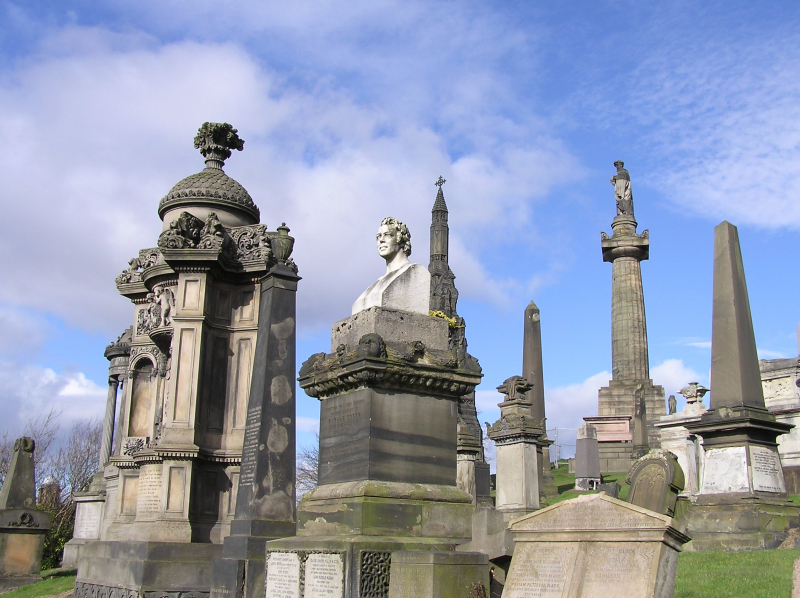
Photo: wikipedia 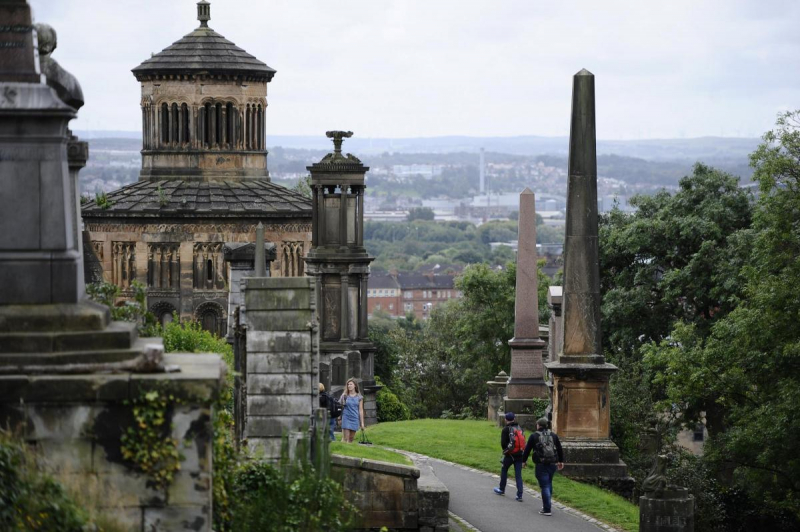
Photo: heraldscotland.com -
The oldest cathedral in mainland Scotland and the oldest structure in Glasgow are both found in St. Mungo's Cathedral, often known as Glasgow Cathedral. One of the most beautiful medieval structures in all of Scotland, it is also the only cathedral on the Scottish mainland to have survived the Reformation of 1560 intact and not "unroofed." The Glasgow Cathedral then served as a home for a number of parish kirks.
The cathedral allegedly stands where Saint Kentigern, the patron saint of Glasgow and its founder, constructed his church and was laid to rest there in 612 AD. Midway through the 1200s, the basement crypt housing St. Mungo's grave was constructed, and up until the Scottish Reformation, his shrine at the cathedral was a major destination for Christian pilgrims.
While it is still possible to study and enjoy the work of earlier architects and builders who made different alterations to the internal layout of the cathedral over the years (such as the cathedral's 68.6-meter spire), modern additions are also on exhibit. One illustration is the post-war collections of stained glass windows, which are regarded as one of Britain's greatest collections and include John K. Clark's Millennium window.
The congregation of the cathedral is a part of the Glasgow Presbytery of the Church of Scotland, but its services and affiliations are open to everyone. Historic Environment Scotland looks after the cathedral on behalf of Scottish Ministers.
Location: Castle St, Glasgow G4 0QZ, Scotland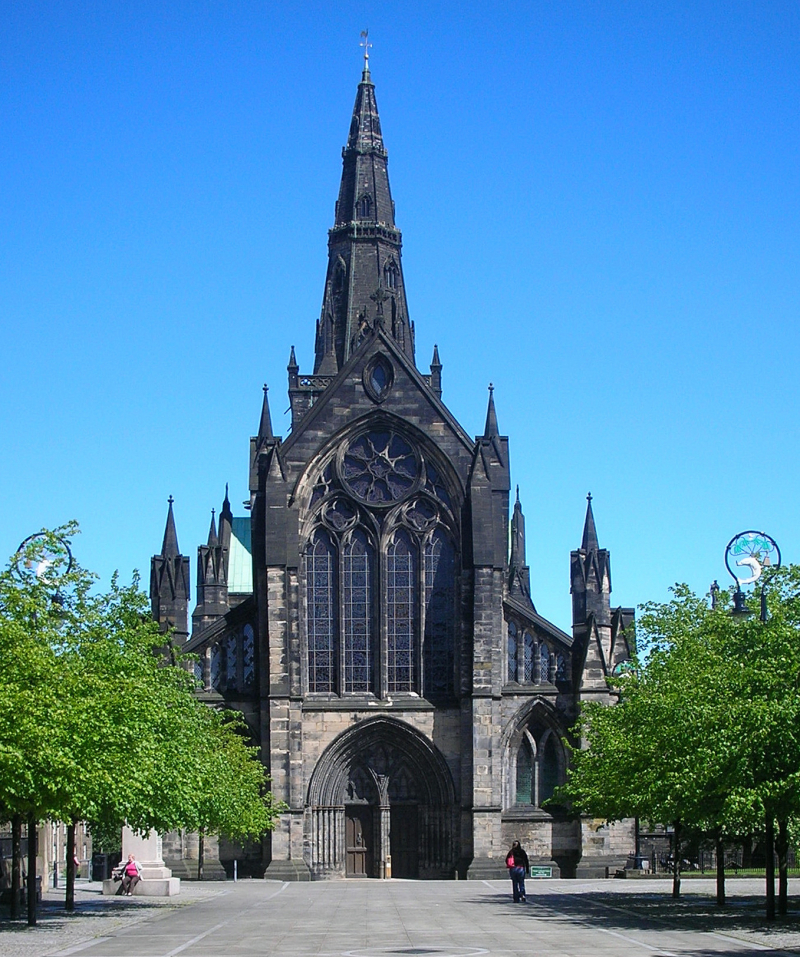
Photo: wikipedia 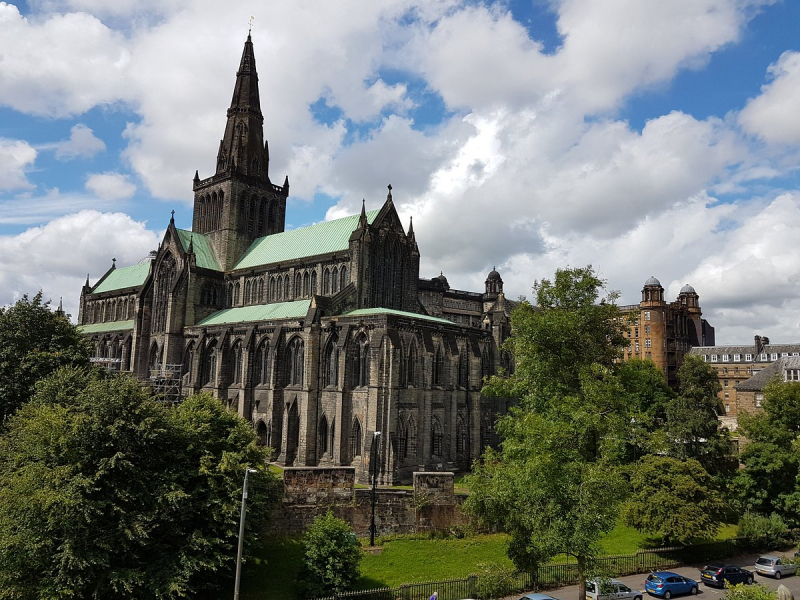
Photo: tripadvisor.com.vn -
Antonine Wall: Bearsden Bath House is one of the most beautiful historical sites in Glasgow. Antonine Wall has erected in the year 142 AD during the reign of the Roman Emperor Antoninus Pius. It stretched 40 Roman miles from Old Kilpatrick on the River Clyde in the west to contemporary Bo'ness on the Firth of Forth in the east.
The Antonine Wall, the most northern barrier of the Roman Empire at the time, was the most intricate frontier ever built by the Roman army. It was intended to help restore some order to the chaotic outpost, but it quickly came to represent the might and control of the Empire.
Along with Hadrian's Wall, the wall was included in the Frontiers of the Roman Empire World Heritage Site in 2008. Significant sections are still visible at a number of locations, including the Roman Bathhouse in Bearsden, Glasgow, which is preserved by Historic Scotland.
The finest specimens of stone buildings along the entire Antonine Wall can be found in Bearsden's contemporary housing neighborhood. The carved head of a goddess, a game board, and a construction stone with writing from members of the Twentieth Legion are among the antiquities discovered here. There were 16 recognized forts along the Antonine Wall, including Bearsden.Location: 8 Roman Ct, Bearsden, Glasgow G61 2HS, Scotland
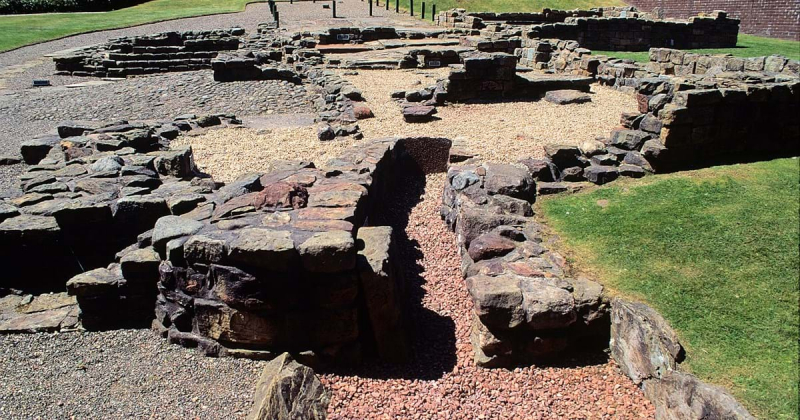
Photo: historicenviroment.scot 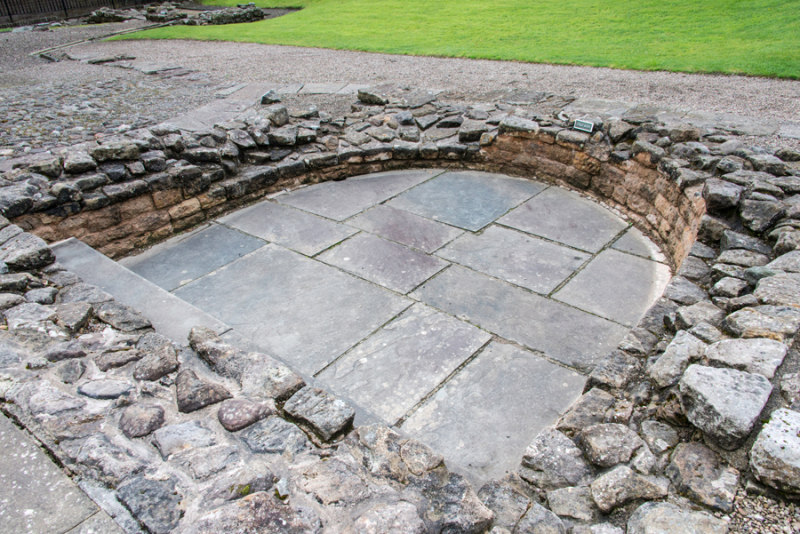
Photo: antoniewall.org -
A large cantilever crane known as the Finnieston Crane once stood in Glasgow, Scotland. The largest of the four remaining cantilever cranes along the River Clyde, it is no longer in use but stands as a testament to the city's rich engineering tradition and shipbuilding past. The Finnieston Crane, the last enormous cantilever crane to be constructed on the Clyde, is a remnant of the time when Glasgow's shipyards made it one of the most significant industrial cities in the world.
It was started in June 1928 and finished in 1931 by the Clyde Navigation Trust, which runs Glasgow's port and dock facilities. Under the direction of mechanical engineer Daniel Fife, Carlisle-based Cowans, Sheldon & Company constructed the tower, while Cleveland Bridge & Engineering Company constructed the cantilever (Mechanical Engineer to the Clyde Navigation Trust). In 1932, the crane was fully functional.
The historic crane has been preserved as a reminder of Glasgow's strong engineering past and recontextualized, brilliantly contrasting the brand-new, contemporary structures on Clyde's banks, including the Armadillo, The SSE Hydro, The Glasgow Science Centre, and the BBC Scotland offices. A £7 million project to turn a landmark in Glasgow into a popular tourist destination with a restaurant and museum is in the works.
Location: Finnieston Quay, Glasgow G3 8HN, Scotland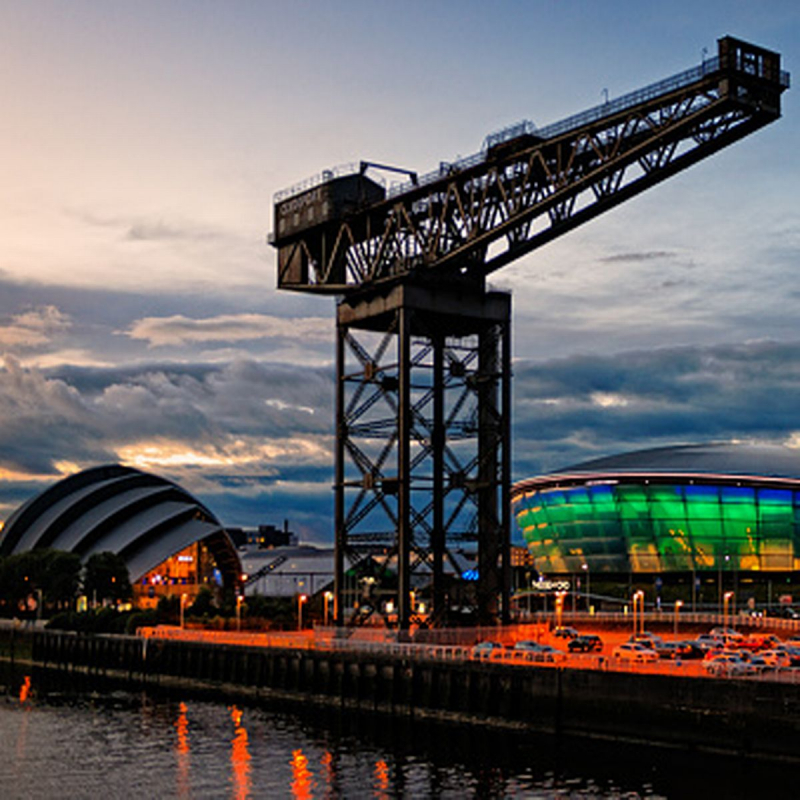
Photo: glasgowlive.co.uk 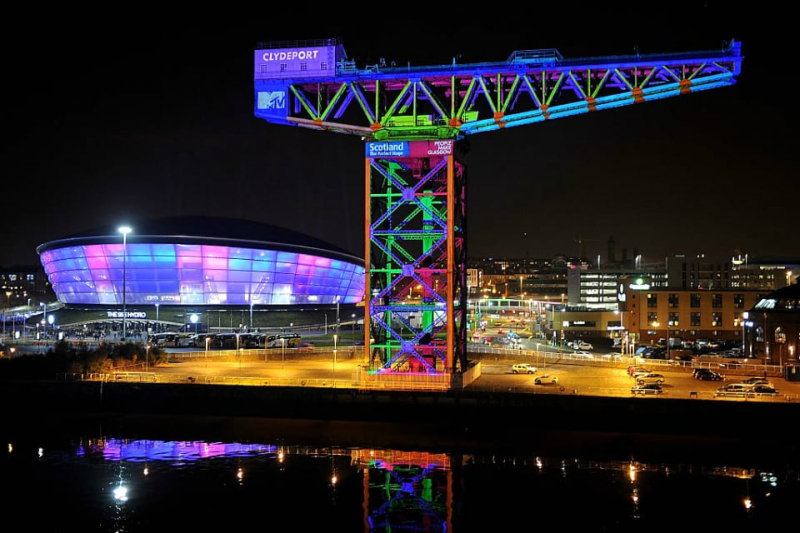
Photo: inews.co.uk -
The oldest home in Glasgow, the Provand's Lordship, was constructed in 1471 and is located in the city's oldest neighborhood. It has undergone substantial restoration and is one of Glasgow's four remaining medieval structures. The bishop of Glasgow, Andrew Muirhead, constructed Provand's Lordship, which was formerly a portion of St. Nicholas's Hospital, which was located to the south of the residence.
The house, which may have initially been constructed for the leader of the nearby hospital, is thought to have formed a component of the lodging for the 32 canons of the Cathedral Chapter, each of whom represents a region of the Glasgow Diocese. Provand's Lordship offers a glimpse at what a house would have looked like inside in the 1700s. The three-story house features a spiral staircase that connects the floors, a gallery, and interiors of homes from the 1500s to 1700s, including wooden furniture. False floors have also been installed to protect the original oak floor beams.
The St. Mungo Museum of Religious Life and Art is housed in a castle-like building that was built in 1993 and is visible from the home today across a busy street. Provand’s Lordship is one of the most beautiful historical sites in GlasgowLocation: 3 Castle St, Glasgow G4 0RH, Scotland
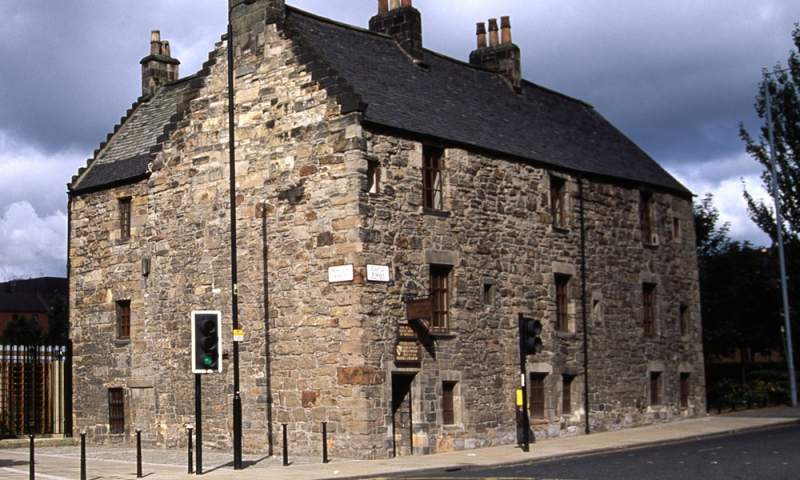
Photo: glasgowlife.org.uk 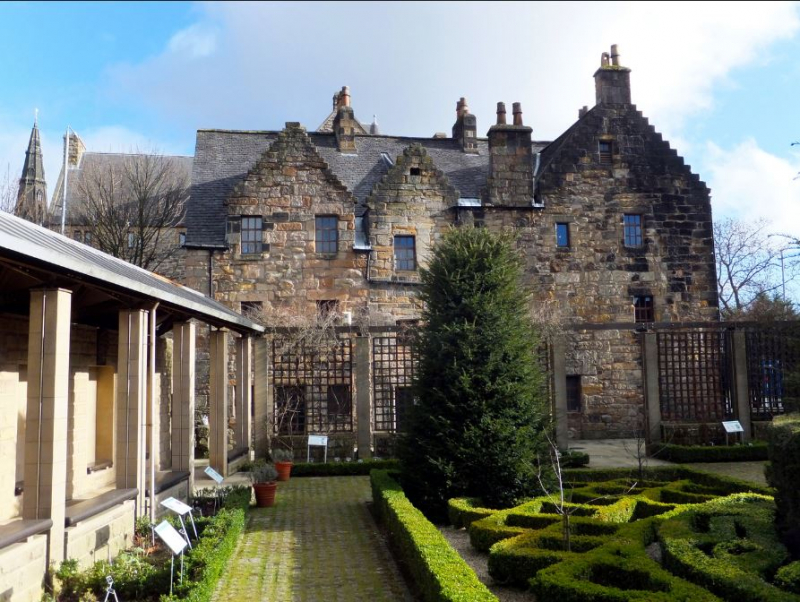
Photo: candide.com -
In Glasgow, Scotland, there is a public research institution called the University of Glasgow. It is one of Scotland's four ancient universities and the fourth-oldest institution in the English-speaking world. It was established by papal decree in 1451. The university, along with those at Edinburgh, Aberdeen, and St. Andrews, participated in the Scottish Enlightenment in the 18th century.
On the advice of King James II, Pope Nicholas V issued a charter (a papal bull) that established the institution. This granted University of St. Andrews alumnus Bishop William Turnbull authority to turn the city's cathedral into a university. The university was then given 13 acres of property belonging to the Black Friars on High Street by Mary, Queen of Scots, in 1563. Later, teaching was moved to the nearby Rottenrow area and took place in a structure known as the "Auld Pedagogy."
The university's main campus has been at Gilmorehill in the City's West End since 1870, having formerly been situated in the city's High Street. The public is welcome to visit a variety of other university structures that are situated elsewhere, such as the Chapel, which was constructed in 1929 as a tribute to the students who lost their lives in both World Wars.
The institution also houses the Hunterian Museum, the oldest museum in Scotland (established in 1807). It has a variety of items, including Roman artifacts from the Antonine Wall, medical equipment, archaic tools, and dinosaur bones.
Location: Glasgow, Scotland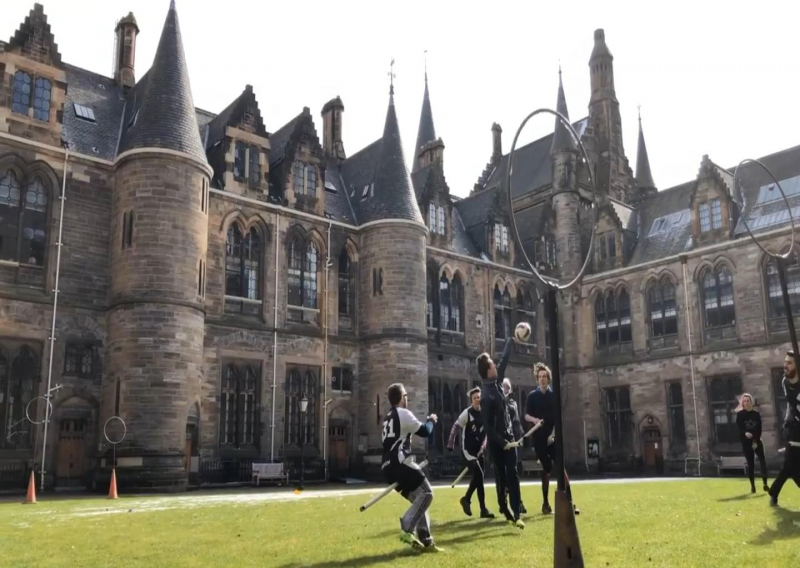
Photo: hotcources.vn 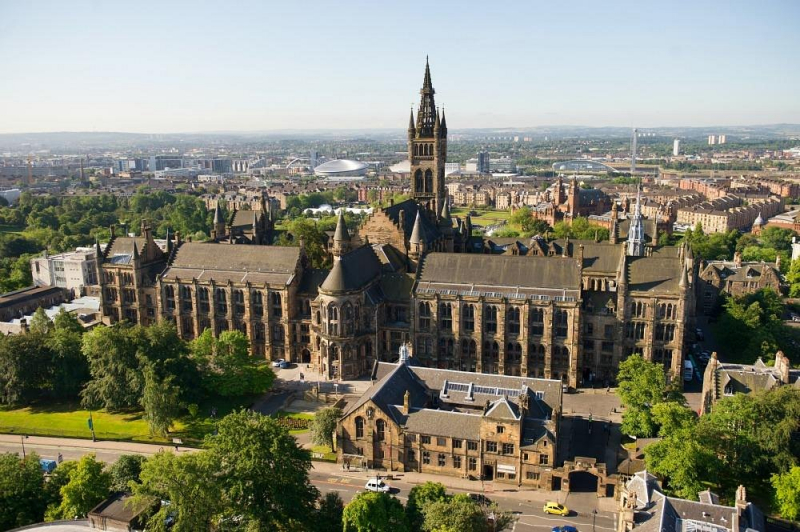
Photo: tripadvisor.com.vn -
A fully restored sailing ship from the 19th century, the Tall Ship (the Glenlee) is also a museum. She is a three-masted "barque" with a steel hull that is 245 feet long and 1,613 tons in weight. At Glasgow's Bay Yard on the River Clyde, the Glenlee was constructed and launched in 1896. The Glenlee initially set sail as a working cargo ship. Throughout her career as a trader, she traversed the world four times, and 15 times, she made it through the terrifying storms off Cape Horn.
The ship saw multiple ownership changes during her 23-year career as a bulk carrier. She was renamed Islamount in the early 1900s before being acquired by the Star of Italy shipping firm in 1919. Later, in 1922, the Spanish navy purchased her and renamed her Galatea. From 1922 until 1969, she served as a sail training vessel (capable of holding 300 military troops). When she was laid up at Seville Harbour in 1981, she continued to serve as a shore-based training facility but was virtually forgotten.
The Tall Ship has been restored to its former splendor and is now one of 50 or so nationally significant historic ships in the UK, according to the UK Register of Historic Vessels. She is also one of the 5 sailing ships that were built in Clyde that are still operational today. The ship was relocated next to Glasgow's Riverside Museum in May 2011, where it is still used as a museum.
Location: 150 Pointhouse Rd, Stobcross Rd, Govan, Glasgow G3 8RS, Scotland
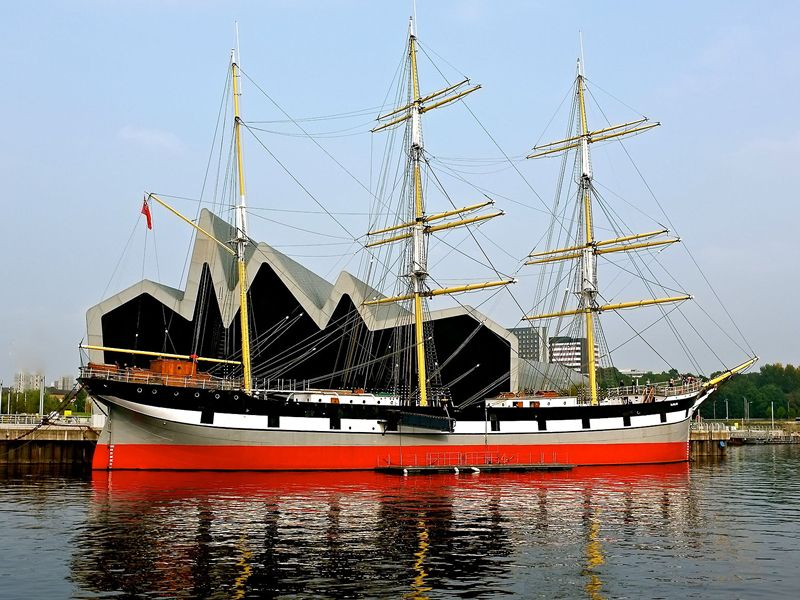
Photo: whatsonglassgow.co.uk 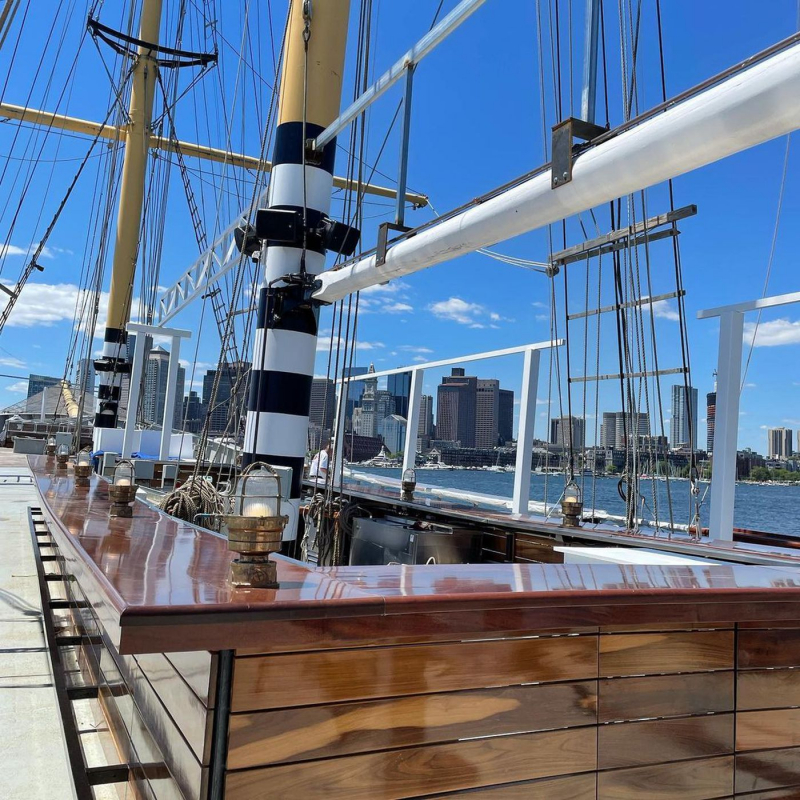
Photo: boston.co.uk -
The main point of Glasgow's 84-acre Kelvingrove Park, which was established in 1852 as a place for city people to relax, is the Kelvingrove Art Gallery and Museum, which is located in the city's center.
One of the finest art collections in Europe is located at Kelvingrove; its collection of French paintings from the 19th century includes pieces by Monet, Gauguin, and Renoir. The "Man in Armor" by Rembrandt, "Christ with the Adulteress" by Titian, and "Christ of St. John of the Cross" by Salvador Dali are further highlights. Scottish art includes works by the Glasgow Boys, the Scottish Colourists, and Charles Rennie Mackintosh.
The earnings from the 1888 International Exhibition helped to partially fund the construction of Kelvingrove. The Palace of Fine Arts, built by Sir John W. Simpson and E.J. Milner Allen, debuted in 1901 as part of the Glasgow International Exhibition. Glasgow has an urban legend that the structure was inadvertently constructed backward, and the architect jumped from one of the towers in desperation after realizing his error. The main entrance, however, was always meant to face Kelvingrove Park.
After undergoing a three-year renovation, the Kelvingrove Art Gallery and Museum reopened in 2006 and has since become one of Scotland's most well-liked tourist destinations. The museum's 22 galleries are home to a variety of displays, including Renaissance art, taxidermy, and Egyptian artifacts.
Location: Argyle Street, Glasgow G3 8AG, Scotland
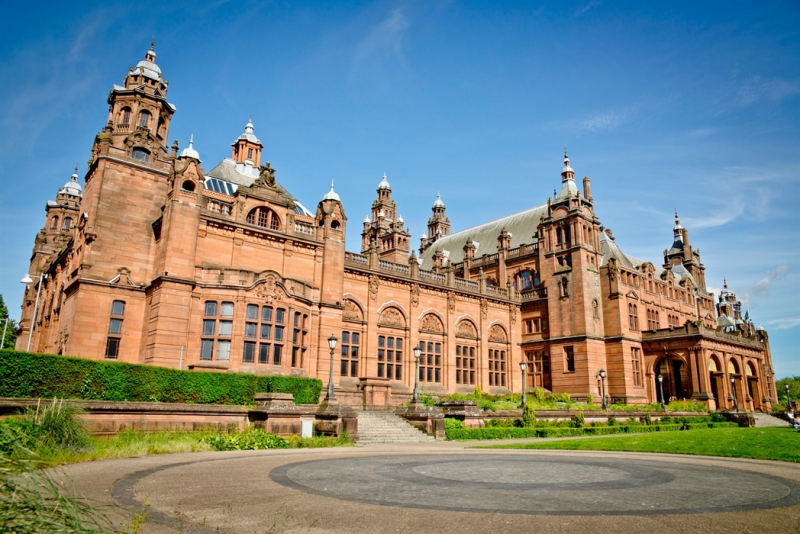
Photo: visitscotland.com 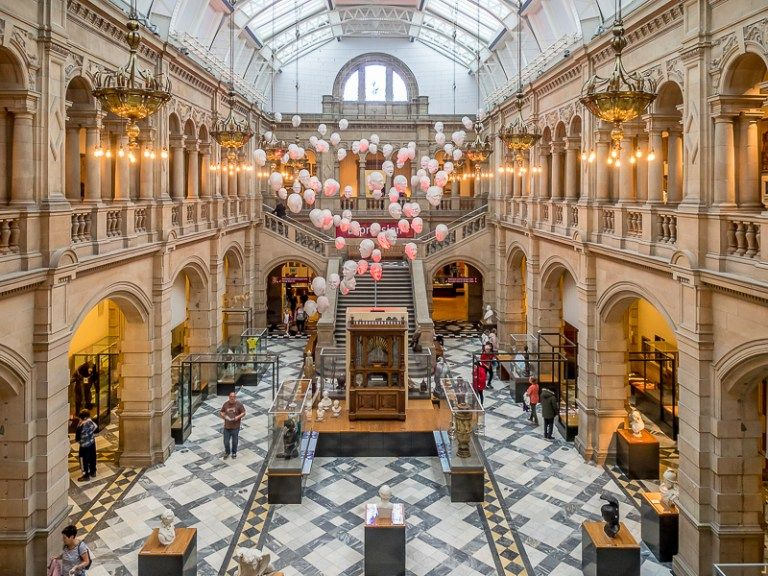
Photo: pinterest.com -
The next position on the list of the most beautiful historical sites in Glasgow is Govan Stone. It's possible that the first church on the site of the Govan Old Parish Church was constructed in the fifth or sixth century. At that time, Dumbarton served as the capital of an old kingdom of Britons, centered around the fortress known as Alt Clut.
The kingdom was able to endure after the Vikings destroyed Dumbarton in 870 AD, and the new monarch relocated farther up the River Clyde to Govan, which became the new capital and gave the country its new name of Strathclyde. As a result, Govan gained significant strategic significance, and the church for this new kingdom—whose kings were interred there—became a significant religious center.
The stones' presentation was upgraded in 2013, and the British Museum confirmed the collection's significance by bringing one of the hogback stones to London as part of the exhibition Vikings: Life and Legend. The Govan Stones have been referred to as of international significance and were chosen as Scotland's best "hidden gem" in a national competition held in August 2017.
Location: 866 Govan Rd, Govan, Glasgow G51 3DL, Scotland
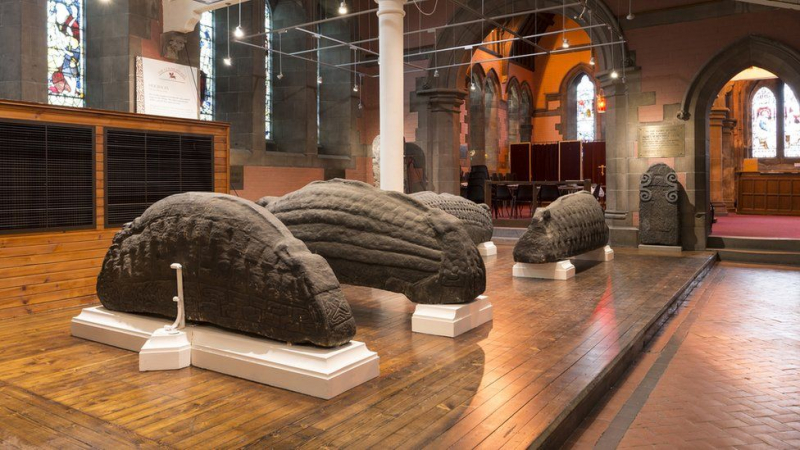
Photo: bbc.com 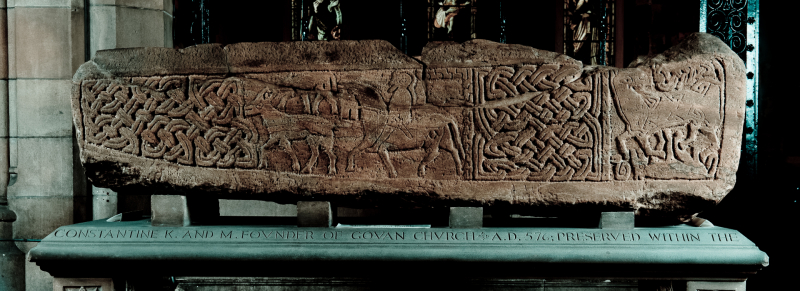
Photo: thegovanstones.org.uk






























